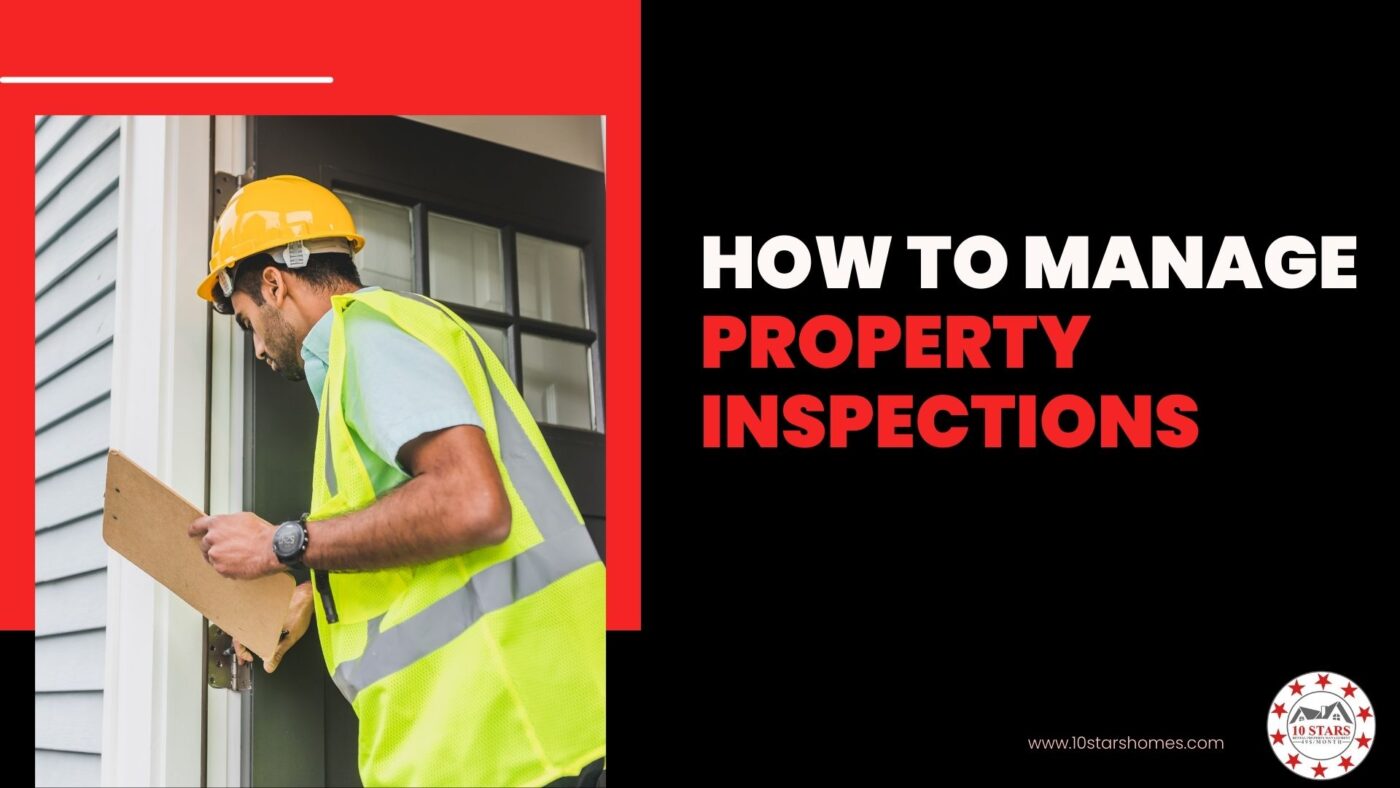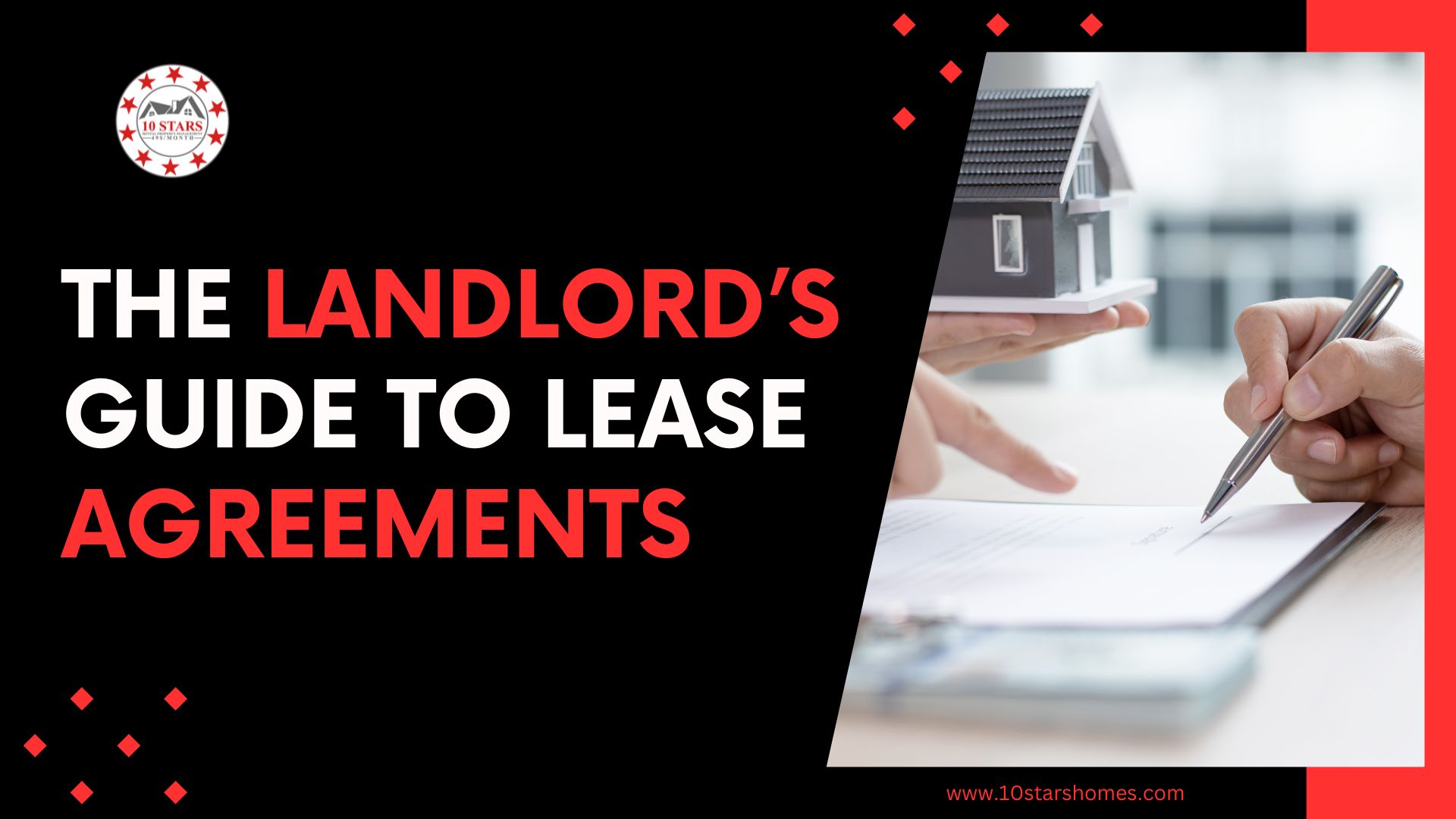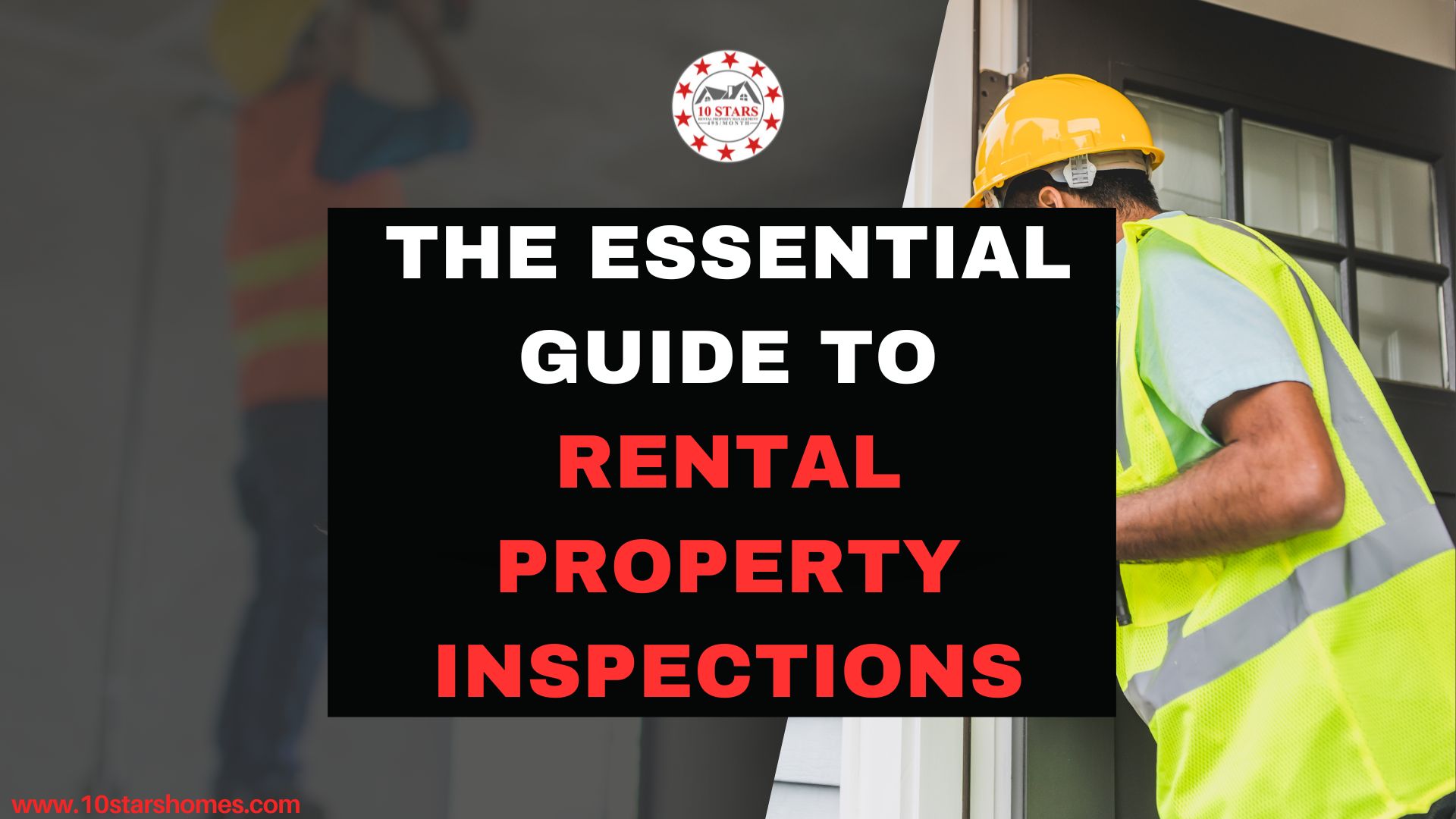A Comprehensive Guide on How to Manage Property Inspections
Some of the most essential elements of property ownership and rental management is managing property inspections. Regular inspections can assist you, whether you’re a homeowner or a landlord, make sure that your property is safe and in good condition. Home inspections are important in assessing the state of the home as well as spotting potential problems early on and averting more expensive repairs down the road. In this blog post, we’ll talk about the value of property inspection and offer a step-by-step manual for managing them successfully.
Understanding the Importance of Property Inspections
Enhancing Property Maintenance
Regular property inspections are the cornerstone of effective property maintenance. Property owners can quickly address maintenance issues by arranging routine inspections, lowering the likelihood that minor issues will turn into significant, expensive repairs. Additionally, houses that are kept up well tend to draw better renters and keep them for longer.
Ensuring Tenant Compliance
Property inspections provide landlords the chance to check that renters are following the conditions of the lease. This entails ensuring that residents are not damaging the property, abiding with occupancy restrictions, and keeping a secure living space.
Identifying Safety Concerns
Property owners should place a high focus on safety. Regular inspections aid in spotting any safety threats that could put renters and the property itself at danger, such as defective electrical wiring, gas leaks, or structural problems.
Documenting Property Condition
Property inspections provide a documented record of the property’s condition at various points in time. This documentation is invaluable when settling disputes over damages and security deposits or when negotiating with insurance companies in case of unforeseen events.
Preparing for a Property Inspection
Establishing Inspection Frequency
Choosing how regularly to conduct property inspections is the first step in managing them. The frequency may change based on regional laws, the nature of the property, and the particular circumstances. For rental properties, weekly or biannual inspections are typically advised; for owner-occupied homes, an annual inspection may be sufficient.
Providing Proper Notice
Before conducting any inspection, it is essential to provide tenants with proper notice, as required by local laws and the lease agreement. The notice period may vary, but it’s generally advised to give tenants at least 24 to 48 hours’ notice, except in emergency situations.
Assembling an Inspection Kit
Create an inspection kit that includes essential items such as a checklist, camera or smartphone for taking pictures, flashlight, measuring tape, and any other tools specific to your property’s needs. This kit will help you efficiently conduct inspections and document findings accurately.
Conducting the Property Inspection
Thoroughly Inspecting Interior Spaces
Begin the inspection by examining the interior spaces of the property. Pay close attention to the condition of walls, ceilings, floors, windows, doors, and any built-in fixtures. Check for signs of water damage, mold, or pest infestations. Ensure that smoke detectors, carbon monoxide detectors, and fire extinguishers are in good working order.
Inspecting Electrical and Plumbing Systems
Next, inspect the electrical system for any signs of wear or damage, such as frayed wires or faulty outlets. Test light switches and electrical appliances for proper functionality. Additionally, check the plumbing system for leaks, water pressure issues, and proper drainage.
Assessing HVAC Systems
Heating, ventilation, and air conditioning (HVAC) systems play a vital role in tenant comfort. Inspect HVAC units, filters, and ducts regularly to ensure they are clean and functioning correctly. Proper maintenance of these systems can also lead to energy savings.
Evaluating the Exterior and Outdoor Spaces
Move outside to assess the property’s exterior, including the roof, siding, gutters, and foundation. Check for cracks, leaks, or signs of damage. Inspect outdoor spaces such as lawns, gardens, and walkways to ensure they are well-maintained and safe.
Documenting Inspection Findings
Using a Detailed Inspection Checklist
A well-organized inspection checklist helps ensure that no aspect of the property is overlooked. Divide the checklist into sections, covering various areas of the property, and use it as a guide during the inspection. Document any issues, damages, or necessary repairs on the checklist.
Taking Photographs
Accompany the inspection checklist with photographs or videos of the property’s condition. Visual evidence serves as robust documentation and can be invaluable in resolving disputes or insurance claims.
Addressing Inspection Findings
Prioritizing Repairs and Maintenance
After completing the inspection, assess the findings and prioritize repairs and maintenance tasks based on their severity. Address urgent issues immediately to ensure the safety and well-being of tenants.
Communicating with Tenants
If any issues are identified during the inspection that require tenant attention, promptly communicate the findings with clear instructions on how to address them. Encourage open communication to foster a positive landlord-tenant relationship.
Conclusion
Managing property inspections is a fundamental responsibility for property owners and landlords. By conducting regular inspections, you can maintain the property’s condition, ensure tenant compliance, and identify safety concerns early on. By following the step-by-step guide outlined in this blog post, you can effectively manage property inspections, leading to increased property value, tenant satisfaction, and overall peace of mind as a property owner or manager.





